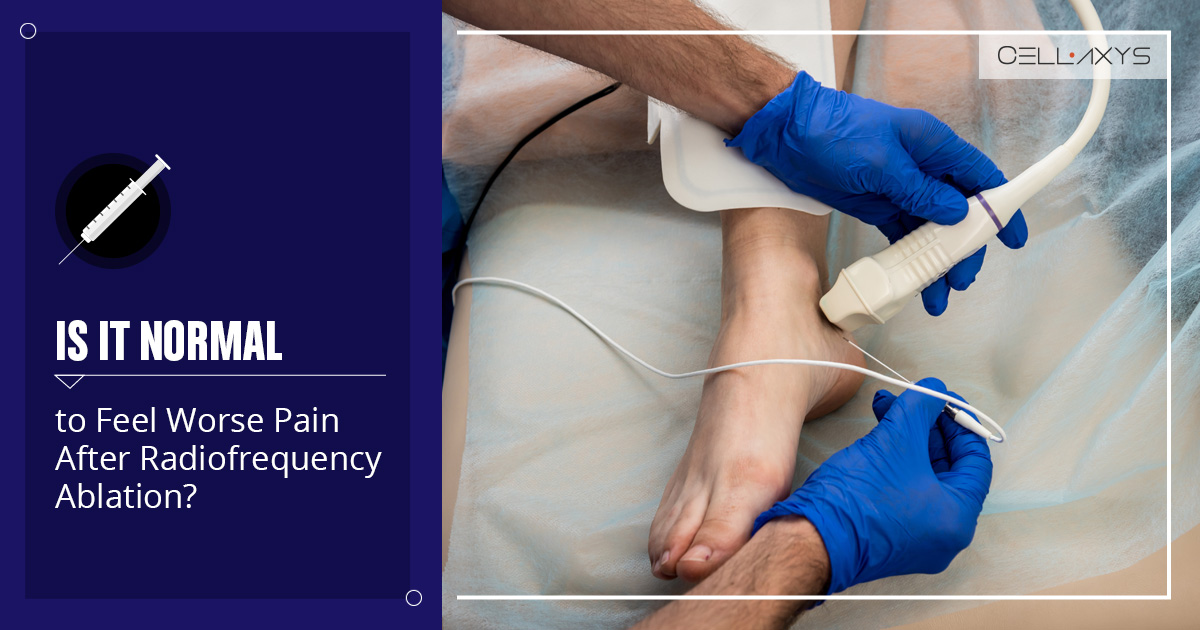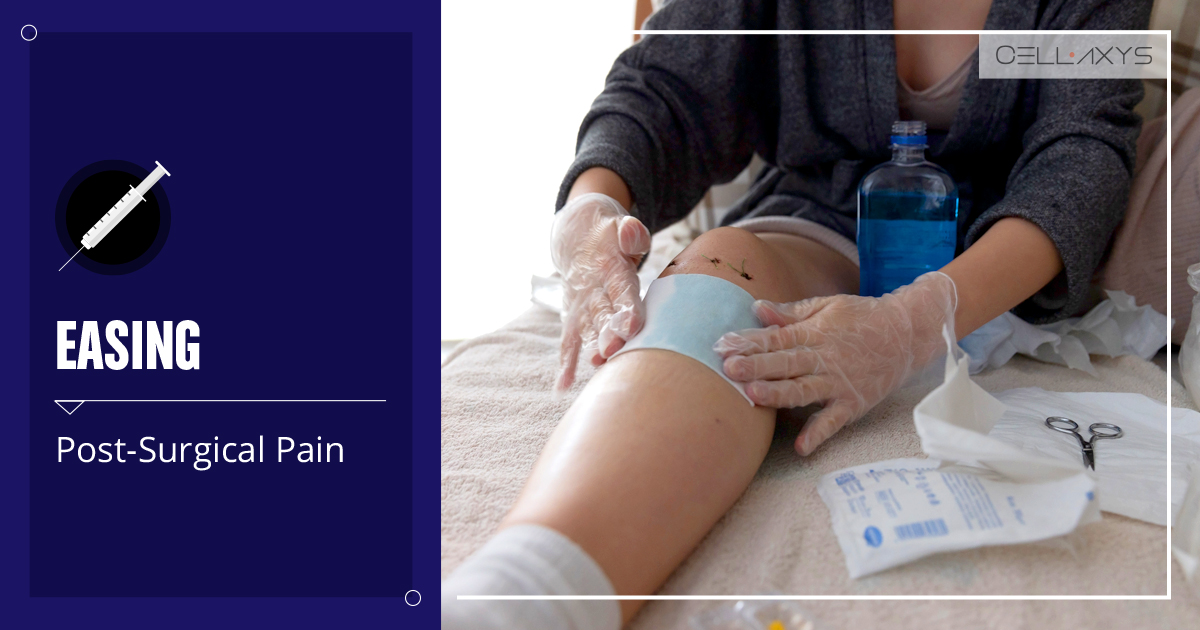Published on: April 17, 2024 | Updated on: March 3, 2024
People with sports injuries or other painful conditions often turn to cortisone shots for relief. These injections contain steroids that provide quick relief from inflammation, swelling, and pain. However, not all results are instant. The effectiveness also depends on the condition.
In some instances, the cortisone shot might not work at all. It could be due to the injection missing the target. Sometimes, the underlying cause of the pain may not be inflammation and, therefore, not responsive to cortisone.
So, what happens next? If a cortisone shot doesn’t work, what is the next plan of action? Let’s discuss.
What Are Cortisone Shots?
Cortisone is a corticosteroid that is a synthetic version of cortisol, a hormone produced by the adrenal glands. It is a potent anti-inflammatory medication that mimics the effects of cortisol in the body.
A cortisone ”shot” is an injection that contains corticosteroids and is administered directly into a joint. Some joints where cortisone shots are usually administered are:
How Do Cortisone Shots Work?
Cortisone shots are usually given for injuries that result in inflammation and pain. The corticosteroid in the shot reduces inflammation by suppressing the immune system’s response. To do this, cortisone blocks the production of prostaglandins and other chemicals that trigger pain and swelling.
The steroid starts working within hours after injection and lasts for weeks or months, depending on the dose. Cortisone shots are beneficial in treating conditions such as:
- Bursitis
- Achilles tendonitis
- Arthritis
- Carpal tunnel syndrome
- Rheumatoid arthritis
Cortisone shots are not recommended for chronic conditions such as osteoarthritis. They only provide temporary relief and are not a long-term solution.
How Long Do Cortisone Shots Take to Work?
A cortisone shot can take a week to two weeks to start working. For sportspersons, the shots are given a week before the event. It’s important to keep in mind that cortisone shots can cause pain flare-ups in the few days following the injection. But this is a normal reaction and should resolve within a few days.
In some people, the effect of a cortisone shot may be instant. That’s because the healthcare provider may have mixed marcaine, lidocaine, or a similar anesthetic with the cortisone. In this approach, the provider confirms if cortisone has reached the right spot.
Since local anesthetics work instantly, the area where they are injected gets numb. If the area is numbed immediately, the provider knows for sure that the cortisone has reached the right place.
In other cases, the provider may remove the fluid from the inflamed area before injecting the cortisone. The fluid removal itself reduces some of the pain, which is further supplemented by the cortisone shot.
There’s a concern regarding repeated cortisone shots in the same spot. After several injections, the shot may damage the cartilage on the joint. Doctors limit the number of shots per patient to avoid these complications.
What Happens If Cortisone Shots Don’t Work?
If a cortisone shot doesn’t work, your healthcare provider will inject you a second time four to six weeks following the first injection. Despite being a common approach, it’s not always the best one. Repeated injections can compromise ligaments, tendons, and cartilage.
There are several reasons for a cortisone shot to fail. Here are three common reasons:
- Missed Target: Let’s say a scan showed inflammation in your knee, but the doctor injected cortisone into the wrong spot. The injection won’t work. That’s why it’s important to inject the inflamed or painful area with ultrasound or X-ray guidance.
- Stem Cell Death: Your body’s repair cells, which are stem cells found in the cartilage and other tissues, can die due to repeated cortisone shots. Injections of platelet-rich plasma (PRP) or mesenchymal stem cells can help replace stem cells damaged by cortisone shots.
- Underlying Cause: The cause of your pain may be more complicated than inflammation. For example, stiffness in your joints could be due to mechanical problems like a torn meniscus or cartilage. Cortisone shots won’t help these problems.
Potential Side Effects of Cortisone Shots
While cortisone shots can provide temporary relief from inflammation and pain, they also come with potential side effects. Some of the most common side effects include:
- Suppressed Immune Response: The mechanism of action for a cortisone shot is to suppress the immune system, which can make you more susceptible to infections.
- Stem Cell Death: As mentioned, cortisone shots kill the body’s natural repair cells. It decreases the body’s ability to heal itself, making it more difficult to recover from injuries.
- Osteonecrosis: When injected into a joint, cortisone shots can cause osteonecrosis or the death of bone tissue.
- Cartilage Damage: Steroids are known to damage cartilage. Repeated administration of steroid-containing injections can cause joint degeneration over time.
- Symptom Aggravation: Cortisone shots don’t work for every condition and can sometimes make symptoms worse. An example is tennis elbow, in which a cortisone shot can aggravate the condition.
Alternatives to Cortisone Shots
If you’re concerned about the potential side effects of cortisone shots and their effects on the body’s self-healing capabilities, you can opt for generative treatments, such as PRP and cell-based therapy.
These treatments focus on repairing and regenerating damaged tissues instead of suppressing inflammation. At CELLAXYS, we perform the following two methods with utmost care and precision:
- Cell-Based Therapies: We mentioned earlier that cortisone is toxic to your body’s natural repair cells. Why not use the same repair cells to heal yourself? At CELLAXYS, we offer cell-based therapies, including Minimally Manipulate Adipose Tissue Transplant (MMAT) and Bone Marrow Concentrate (BMAC). The former uses adipose tissue from your own body, while the latter uses cells extracted from your bone marrow. We process and reinject these cells at the source of your pain to initiate tissue repair and reduce inflammation.
- Platelet-Rich Plasma (PRP) Therapy: In PRP, our surgeon will draw your blood and spin it in a centrifuge to separate its components. We then extract the plasma rich in platelets, which contain growth factors that stimulate the body’s natural healing process. The platelets attract healing cells and produce fibrin, a web-like substance that acts as a scaffold for tissue regeneration.
Orthobiologic treatments like PRP and cell-based therapy are a safer, less invasive alternative to cortisone shots. They also take anywhere from 1.5 to 2 hours, so you can go home the same day without worrying about a lengthy recovery period.
Sources
Footnotes
- NIAMS. Long-term benefit of steroid injections for knee osteoarthritis challenged. National Institute of Arthritis and Musculoskeletal and Skin Diseases. 2023.
- Coutinho A, Chapman KE. The anti-inflammatory and immunosuppressive effects of glucocorticoids, recent developments and mechanistic insights. ResearchGate. 2023.
- Wyles CC, Houdek MT, Wyles SP. Differential cytotoxicity of corticosteroids on human mesenchymal stem cells. Clinical Orthopaedics and Related Research. 2015;473(3):1155-1164.
- Wernecke C, Braun HJ, Dragoo JL. The effect of intra-articular corticosteroids on articular cartilage. Orthopaedic Journal of Sports Medicine. 2015;3(5):232596711558116-232596711558116.
- Coombes BK, Bisset L, Vicenzino B. Efficacy and safety of corticosteroid injections and other injections for management of tendinopathy: a systematic review of randomised controlled trials. The Lancet. 2010;376(9754):1751-1767.
References
- Cortisone Shots. Cleveland Clinic. Accessed 11/12/2023.
- Cortisone Shots. Mayo Clinic. Accessed 11/12/2023.
- Osteonecrosis. Medline Plus. Accessed 11/12/2023.
CELLAXYS does not offer Stem Cell Therapy as a cure for any medical condition. No statements or treatments presented by Cellaxys have been evaluated or approved by the Food and Drug Administration (FDA). This site contains no medical advice. All statements and opinions are provided for educational and informational purposes only.
Dr Pejman Bady
Author
Dr. Pejman Bady began his career over 20 years ago in Family/Emergency Medicine, working in fast-paced emergency departments in Nevada and Kansas. He has served the people of Las Vegas as a physician for over two decades. Throughout this time, he has been met with much acclaim and is now the head of Emergency Medical Services in Nye County, Nevada. More about the doctor on this page.
Dr Pouya Mohajer
Contributor
Pouya Mohajer, M.D. is the Director of Spine and Interventional Medicine for CELLAXYS: Age, Regenerative, and Interventional Medicine Centers. He has over 20 years of experience in pain management, perioperative medicine, and anesthesiology. Dr. Mohajer founded and is the Medical Director of Southern Nevada Pain Specialists and PRIMMED Clinics. He has dedicated his career to surgical innovation and scientific advancement. More about the doctor on this page.










